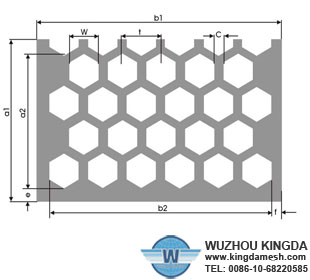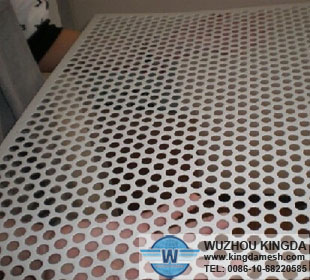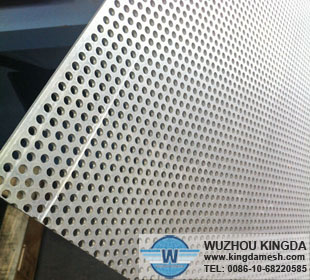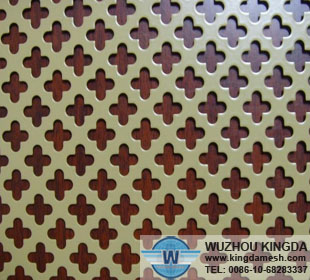How to Save Energy with Reflective Perforated Aluminum
How to Save Energy with Reflective Perforated Aluminum
You can save energy in winter and in summer by installing reflective Perforated Aluminum in the attic or on the underside of roofs. You will save more in summer or if you live in a warm climate. Reflective Perforated Aluminum insulation, referred to as "radiant barrier," consists of a thin sheet of plastic or other material, coated with a layer of reflective Perforated Aluminum on one or both sides. Perforations in the aluminum prevent moisture from condensing on the aluminum and allow the moisture to escape to the exterior. Reflective Perforated Aluminum under the roof saves energy costs for air conditioning on hot days by reducing the energy flow from the roof to the attic floor. In winter, radiant barriers reduce the loss of indoor heat through the attic floor or ceiling. However, daytime transfer of heat from the roof into the house will also be reduced. Installing reflective perforated aluminum insulation is a simple and relatively inexpensive procedure compared to other methods.
Instructions
1
Decide whether you want to attach reflective Perforated Aluminum to the roof rafters or to the attic floor. Attaching the Perforated Aluminum to the attic floor requires less material and work, but dust can collect on top of the reflective Perforated Aluminum, reducing its efficiency. You also may not want to cover the attic floor if you use it for storage. An aluminum radiant barrier attached to the roof rafters or attic floor will block 95 percent of the heat radiating down from the roof, according to the Florida Solar Energy Center.
2
Determine how much reflective Perforated Aluminum you will need using a tape measure. Reflective Perforated Aluminum usually comes in rolls of 50 feet or more.
3
Cut the reflective Perforated Aluminum with a heavy-duty scissor or utility knife into the right-size pieces. Using a staple gun, staple the reflective aluminum every 6 to 12 inches to the roof rafters or to the attic floor. Make sure the aluminum sheets' reflective side faces the air space in the attic. Use a flashlight for working in the dark corners of the attic. When attaching the Perforated Aluminum to the roof rafters use a ladder or make a movable support to stand on. Allow the aluminum sheets to drape between the rafters: they should not be airtight, because air circulation prevents moisture accumulation. If you already have insulation in your attic, you can attach the perforated aluminum sheets on top of the insulation.
4
Ventilate your attic. Leave a 2-to-3-inch gap at the top and bottom of the roof rafters when attaching the reflective Perforated Aluminum The gap will allow water vapor from the attic to escape more easily to the exterior.





